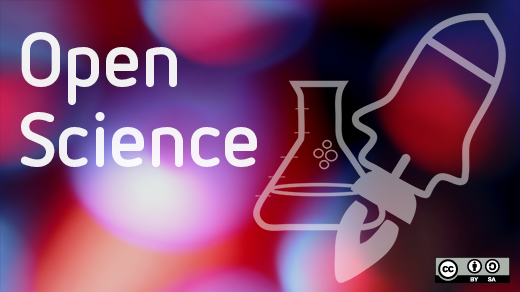Fedora Scientific is a Linux distribution specifically designed for enabling open science. It is a Fedora spin targeted at users whose work involves scientific and numerical computing. Perhaps like other Fedora spins, it was conceived out of a simple need: the need to avoid constantly installing the same software on a fresh Linux installation.
View the complete collection of Open Science Week articles
If you use open source software tools such as GNU Octave, IPython, gnuplot, and libraries such as SciPy and GNU Scientific library in your work—and you write papers and reports in LaTeX—Fedora Scientific is for you. When you install it, you get these and a number of other applications that you may be using to get your scientific work done. The Fedora Scientific guide aims to help you learn about the included software. It features pointers to resources, so you can learn more about them.
Downloading Fedora Scientific
You can download the current Fedora Scientific release (Fedora 20, at the time of this writing) as an ISO file. Both 32-bit and 64-bit images are available, and each is around 3.4 GB in size. You can also create Live USB media with these images. Just follow these instructions. You can also burn the ISO file to a DVD.
If you are not keen on installing Fedora Scientific before trying it out, it's a good idea to use software such as libvirt or VirtualBox to first test it in a virtual machine.
Customising Fedora Scientific
Since Fedora Scientific is essentially a Fedora Linux distribution with a number of additional applications installed, you can install any additional software using the package manager. For example, if you are not a big fan of the KDE Plasma Desktop, you can install GNOME 3 or any of the other desktop environments.
Discussions, support, and getting involved
If you have a suggestion regarding the spin, have a query, or want to report a problem, please join the Fedora scitech mailing list.
As users, you are most enabled to help shape the spin. At this stage, the best way to contribute is to help complete the user guide.
Why should you care?
The reason you are reading an article on Fedora Scientific during Open Source Week is obvious. Outlined here are the benefits of using Fedora Scientific for scientific work. I encourage you to use Fedora Scientific and help make it better. In the process, you will help push forward the beautiful collaboration between science and open source software.
View the complete collection of stories for Open Science Week.







4 Comments